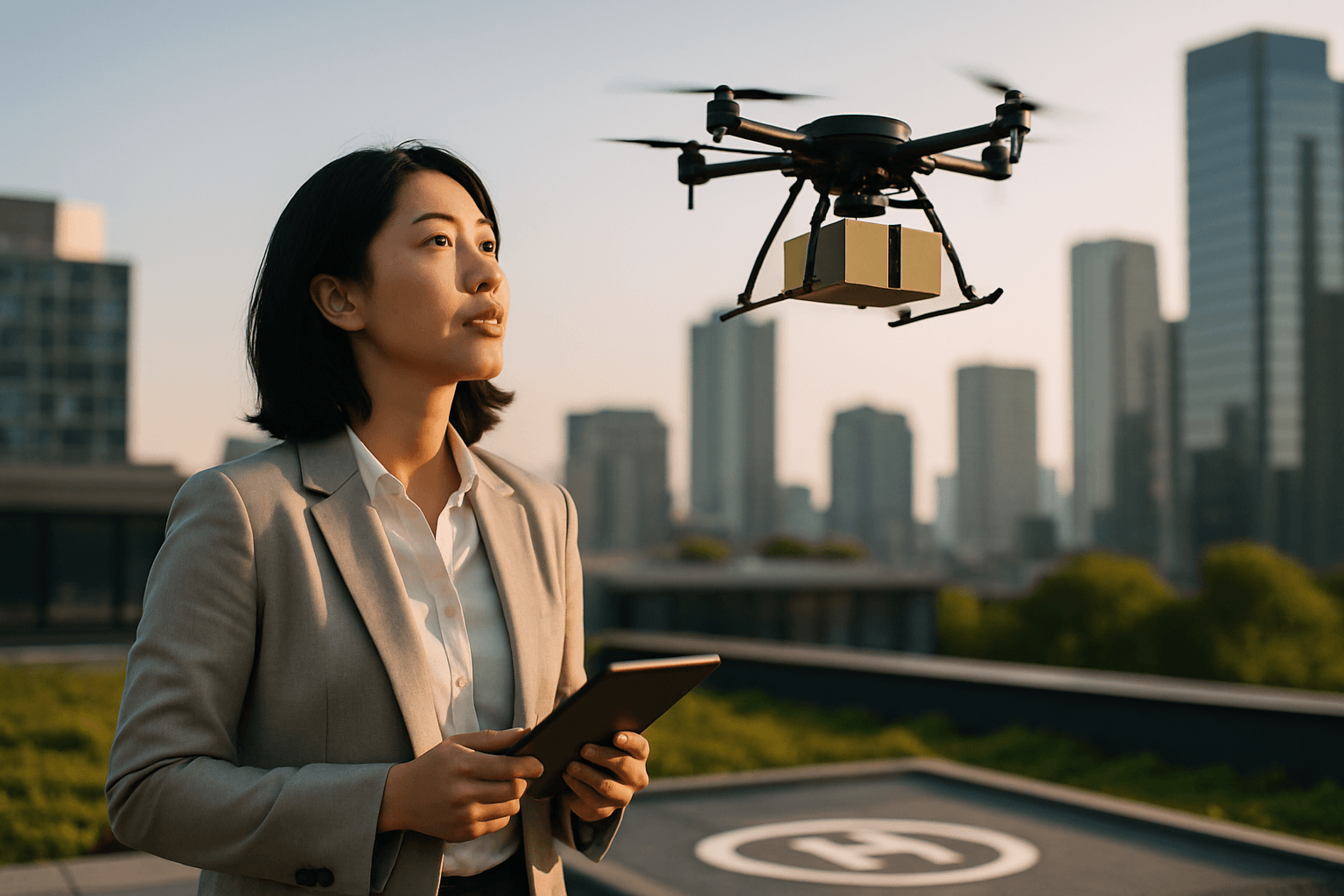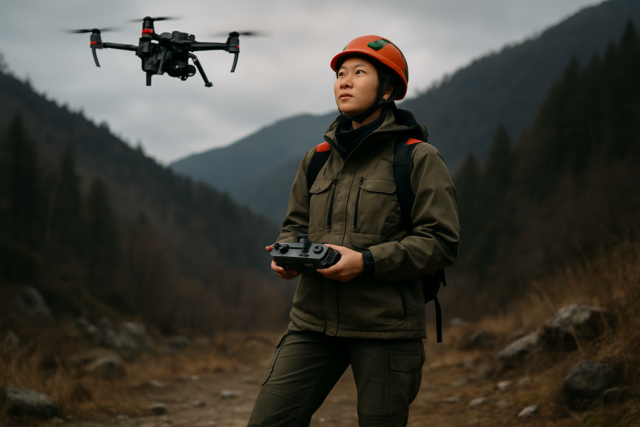The increasing demands of e-commerce have placed a significant strain on traditional logistics, leading to concerns about carbon emissions, traffic congestion, and noise pollution in urban areas. As the world seeks greener alternatives, unmanned aerial vehicles (UAVs), commonly known as drones, are emerging as a promising solution for last-mile delivery. While the widespread adoption of drone delivery is still evolving, its potential environmental sustainability benefits are substantial and warrant a closer look.
Reducing Greenhouse Gas Emissions
One of the most compelling environmental advantages of drone delivery lies in its potential to significantly reduce greenhouse gas (GHG) emissions compared to conventional ground-based vehicles. Traditional delivery vans and trucks, largely powered by fossil fuels, are major contributors to urban carbon emissions and air pollution. Transportation accounts for a significant portion of global GHG emissions, with road transport being a major component.
Studies have shown that for small, lightweight packages (under 0.5 kg or 1.1 pounds), drone delivery can lead to substantial reductions in energy consumption and GHG emissions. One report indicated that drones could reduce energy consumption by up to 94% and GHG emissions by 84% per package delivered when replacing diesel trucks. Even compared to electric vans, drones could reduce energy consumption by 31% and GHG emissions by 29%. This is because electric drones, despite fighting gravity, use much less energy per mile than heavy steel delivery trucks.
However, the benefits are not uniform. The environmental impact is heavily influenced by factors such as package size, delivery distance, and the carbon intensity of the electricity grid used for charging the drones. For instance, larger drones carrying heavier packages may not always be more efficient than electric vans or trucks, particularly if the electricity source is carbon-intensive. Drones are generally best suited for short-hop flights and lighter loads.
Alleviating Traffic Congestion
Traditional last-mile delivery, with its reliance on ground vehicles, contributes significantly to urban traffic congestion. This congestion not only leads to increased travel times and operational costs but also escalates fuel consumption and associated emissions. Drones, by operating in the airspace, can bypass ground traffic entirely, offering a direct and efficient route to their destination.
This ability to navigate above congested roads can dramatically cut down delivery times and reduce the carbon emissions caused by idling vehicles in traffic. While managing drone traffic in urban airspace will require robust regulatory frameworks and designated “drone corridors,” the potential for alleviating surface-level congestion is a notable environmental and logistical advantage.
Mitigating Noise Pollution
The pervasive hum of urban life is already saturated with noise from vehicular traffic, construction, and other human activities. The introduction of drone delivery, while offering benefits, also presents a new source of noise pollution. Drones typically emit a higher-pitched whirring or buzzing sound compared to the low-frequency rumble of trucks. The repetitive nature of drone flights, especially in densely populated areas, could lead to a persistent form of noise.
However, drone technology offers avenues for mitigation. Route planning can help by directing drone paths over busy roads or less populated areas. Furthermore, advancements in drone design, such as quieter motors and propulsion systems, are crucial for reducing acoustic impact and gaining community acceptance. Addressing noise concerns is a priority for companies and regulators to ensure the sustainable integration of drone delivery into daily life.
Integration with Renewable Energy Sources
As electric vehicles, drones can be powered by electricity generated from clean, renewable energy sources, further enhancing their environmental credentials. The carbon intensity of the electricity grid used for charging is a crucial factor in determining the overall emissions of drone deliveries. In regions with a higher proportion of clean energy sources, the environmental benefits of electric drones are more pronounced.
The development of autonomous, renewable-powered drone charging stations, utilizing technologies like solar and wind power, is a growing market. These stations can enable drones to operate longer, reduce the need for manual recharging, and minimize their reliance on grid electricity, especially in remote or off-grid locations. This integration aligns with global sustainability goals by minimizing carbon footprints and ensuring uninterrupted, eco-friendly drone missions.
Life Cycle Assessment and Broader Environmental Footprint
While the operational phase of drone delivery offers clear environmental benefits, a comprehensive understanding requires a Life Cycle Assessment (LCA). An LCA evaluates the environmental impacts of a product or service from “cradle-to-grave,” encompassing raw material extraction, manufacturing, distribution, operational use, and end-of-life disposal or recycling.
For drones, this means considering the energy and emissions associated with manufacturing their components, particularly electronics and batteries. The manufacturing process of drones and the additional warehousing required to support drone fleets can add to their overall environmental footprint. However, LCA studies often find that even with these considerations, the impacts of package delivery by small drones are generally lower than ground-based delivery, especially when transport weight and distance are optimized.
Continued innovation in drone design, materials (e.g., bio-based composites, recycled carbon fibers), and manufacturing processes will be vital for minimizing their environmental impact across their entire lifecycle. Additionally, careful consideration must be given to the end-of-life management of drone batteries and components to ensure proper disposal or recycling.
Conclusion
Drone delivery presents a transformative opportunity to enhance the environmental sustainability of logistics. Its capacity to reduce greenhouse gas emissions, alleviate traffic congestion, and integrate with renewable energy sources offers a compelling vision for greener last-mile delivery. While challenges related to noise pollution, regulatory frameworks, and the overall life cycle impact require ongoing attention and innovation, the benefits for small, short-distance deliveries are already evident. As drone technology continues to mature and infrastructure adapts, drone delivery is poised to play a crucial role in shaping a more sustainable future for global commerce.





